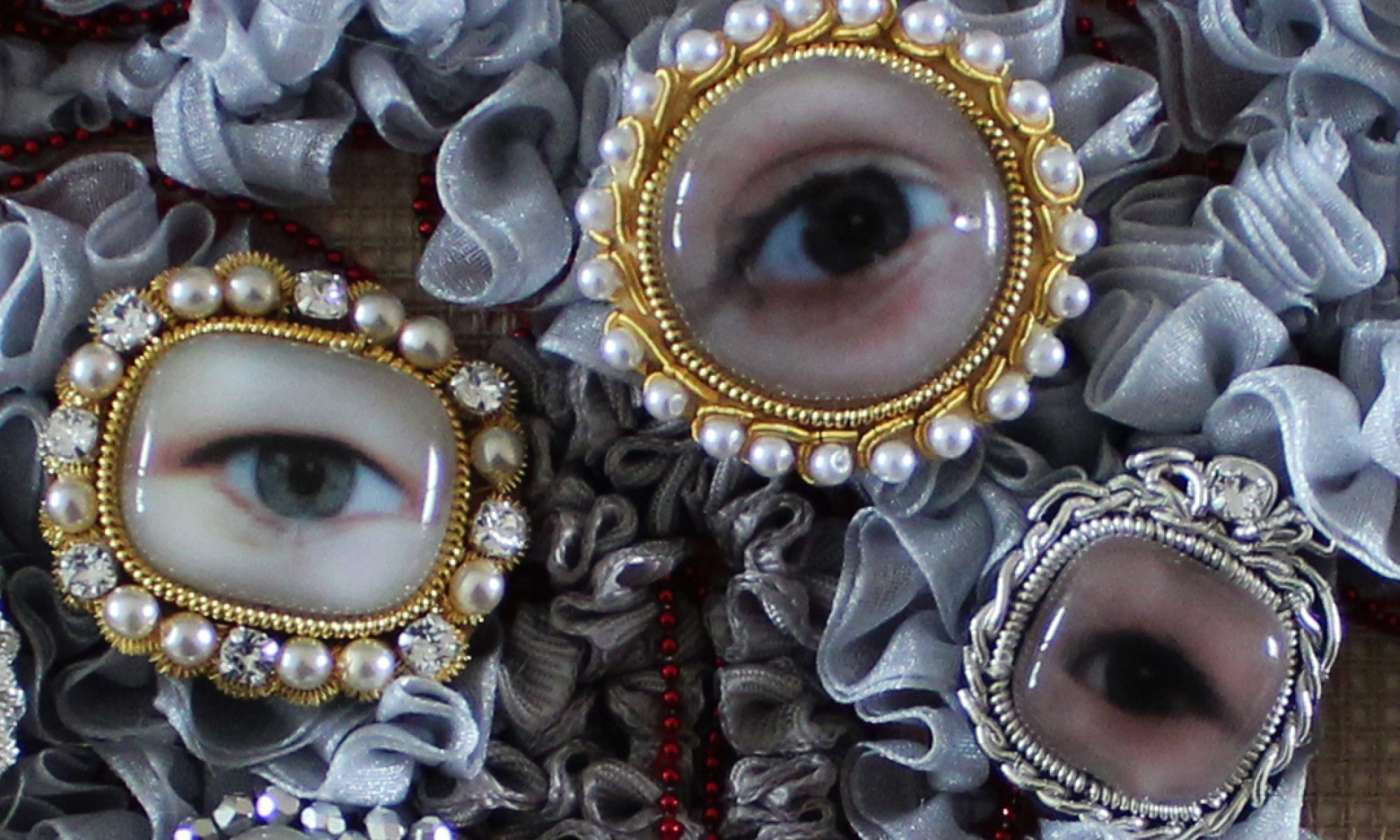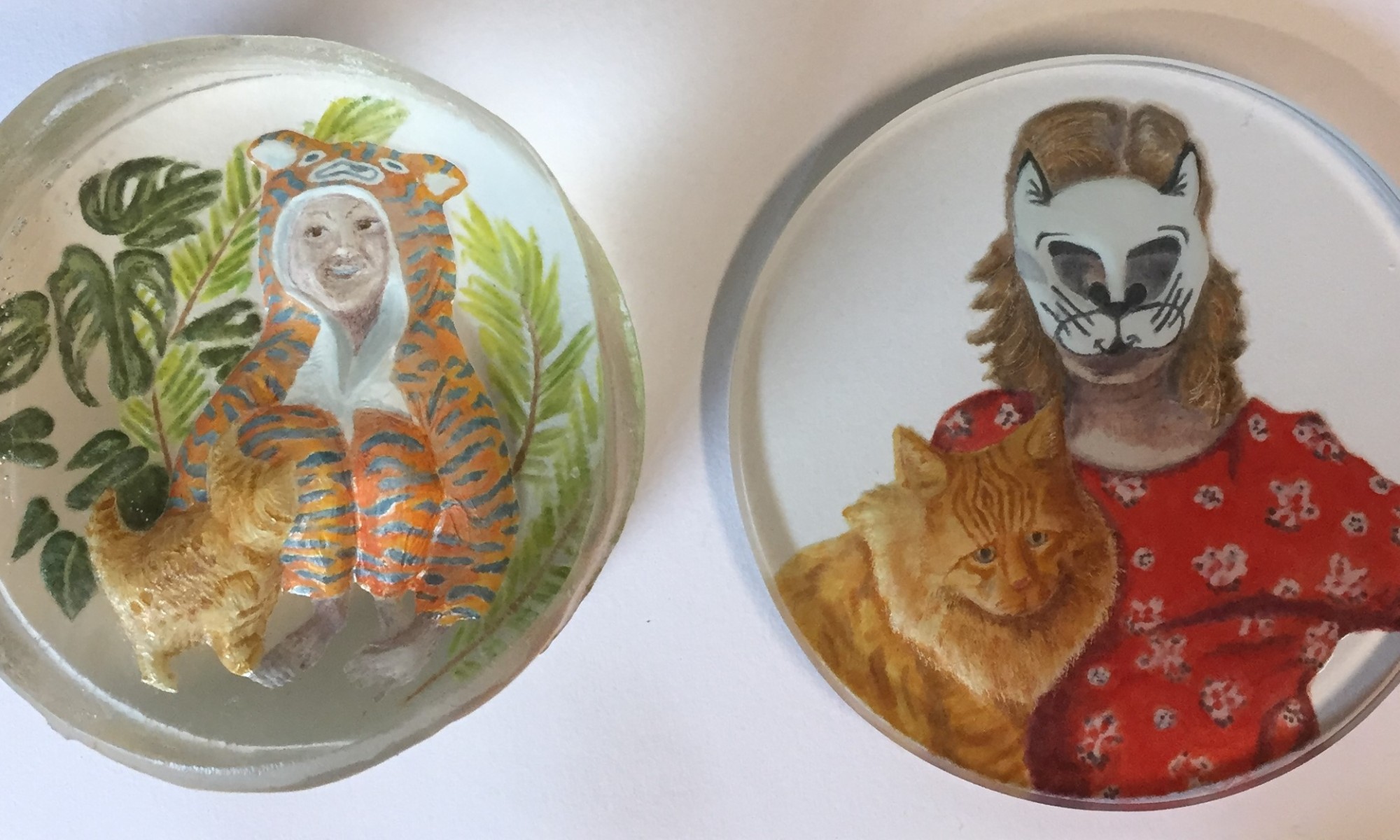
I’ve been working on translating the engraving and painting skills I’ve learned recently into my Essex Crystal Project. It’s been quite a journey, and at every stage has made me more appreciative of the skills of the artists who work in these techniques.
Thanks to my Developing Your Creative Practice Award, earlier this year I visited the wonderful engraver Nancy Sutcliffe who is an expert with the hand held drill engraving, and had a series of online workshops with Gille Hoyte Byrom an astonishing miniture portrait painter in enamels on metal.
I’m an adventurous maker – I like a challenge, and I like to take on near-impossible projects. I’m always amazed how quickly you can pick up skills. Well, what a journey. Engravers and enamel painters everywhere, I salute you!
The work above shows some results so far. The Boy in the Tiger Onsie on the left is a sample of one of my original cast and engraved crystals. The imagery is adapted from family photos and includes a good dose of my imagination – so I have no photos to directly refer to when I paint. The other on the right is engraved directly from a collage of photos and is on a flatter surface so I can refer directly to the photos to help me paint, and the surface is less three dimensional and less challenging to work on.

The original crystals were cast and reverse intaglio engraved. The relief on the back is deep and rough. My engraving and painting is quiet crude (see the foliage in the image above).
Painting with the precision required for Gillie’s technique into these surfaces is tricky to say the least. And as for the engraving, my usual gung-ho approach is much too sloppy. I’m aiming for smoother edges and no stray scratches on the unmarked surface!

I’ve also found that the attention to detail required is profound. Each piece takes an age, and the size of my crystals – which are about 6 to 8 cm diameter – is about an acre in terms of painting using these techniques.
Pictured are some of the stages of painting – it’s fired in between each layer.

So that’s what I’ve been working on since January. Adapting these skills into my techniques, thinking about form and content and going down research rabbit holes. I feel a bit lost, to be honest, but I’m deciding for now to embrace lost-ness as a necessary part of the process. It’s important to become a little unmoored from the tried and tested in order to think and try new things.

And after the engraving and painting, there’s the question of what background. I use coloured silver and gold leaf on the reverse to really make the painting sing. But here’s I’m using coloured paper and gilded samples to get a feel for things….

And then there’s the question of how to frame the piece. Still no conclusions, but I was lucky enough to see a couple of antique miniature frames on social media…this is just a mock up…

So I’m leaning in, as Sheryl Sandberg says. I have moments of discombobulation, but on the whole, what a joy to be able to wander and explore. And what a joy to get lost in processes that have such a rich and deep heritage. Perhaps you have your own experiencies of getting lost in new skills and processes? Do share, I’d love to know.

